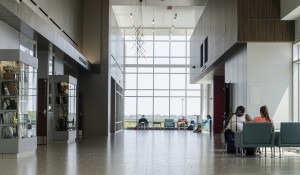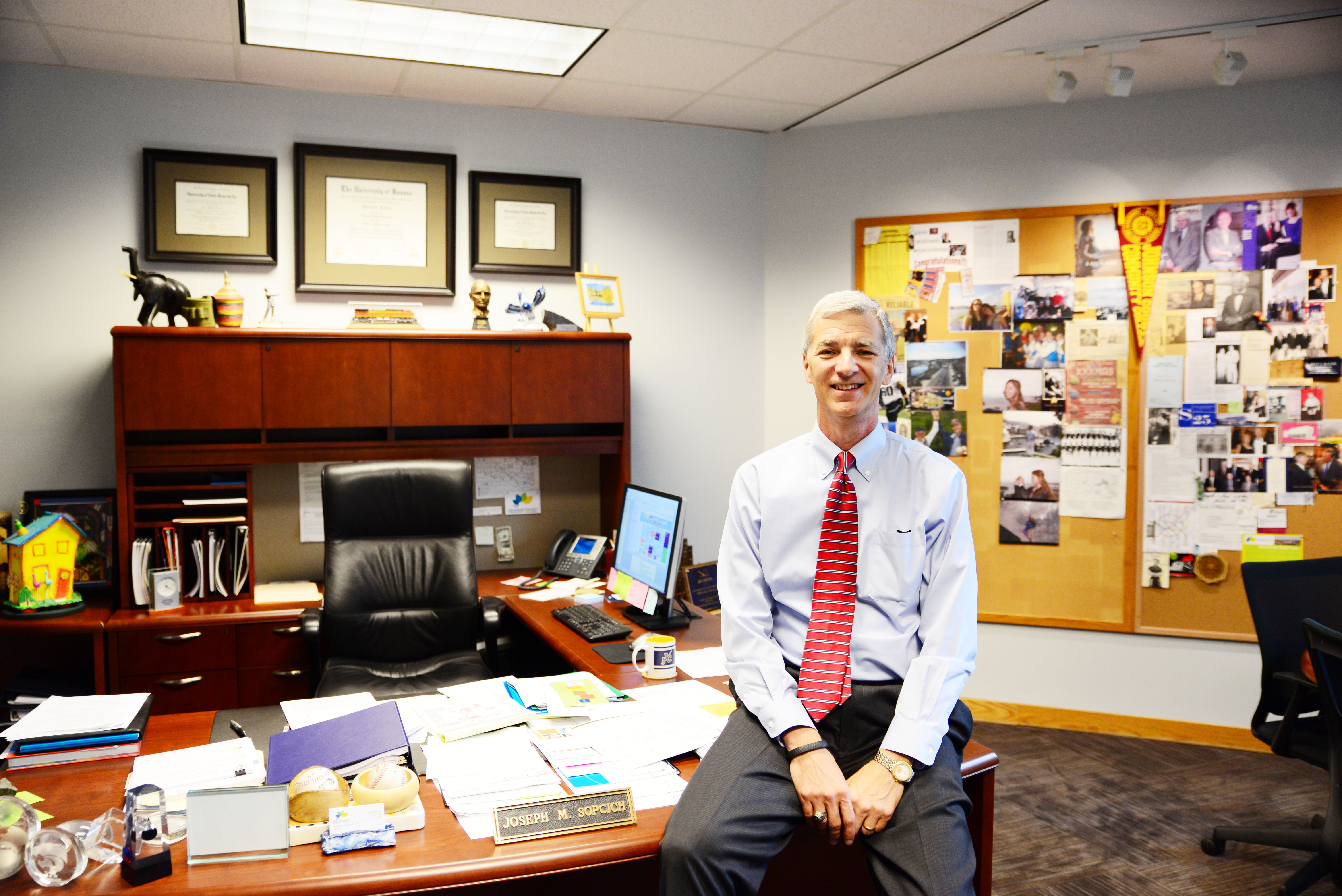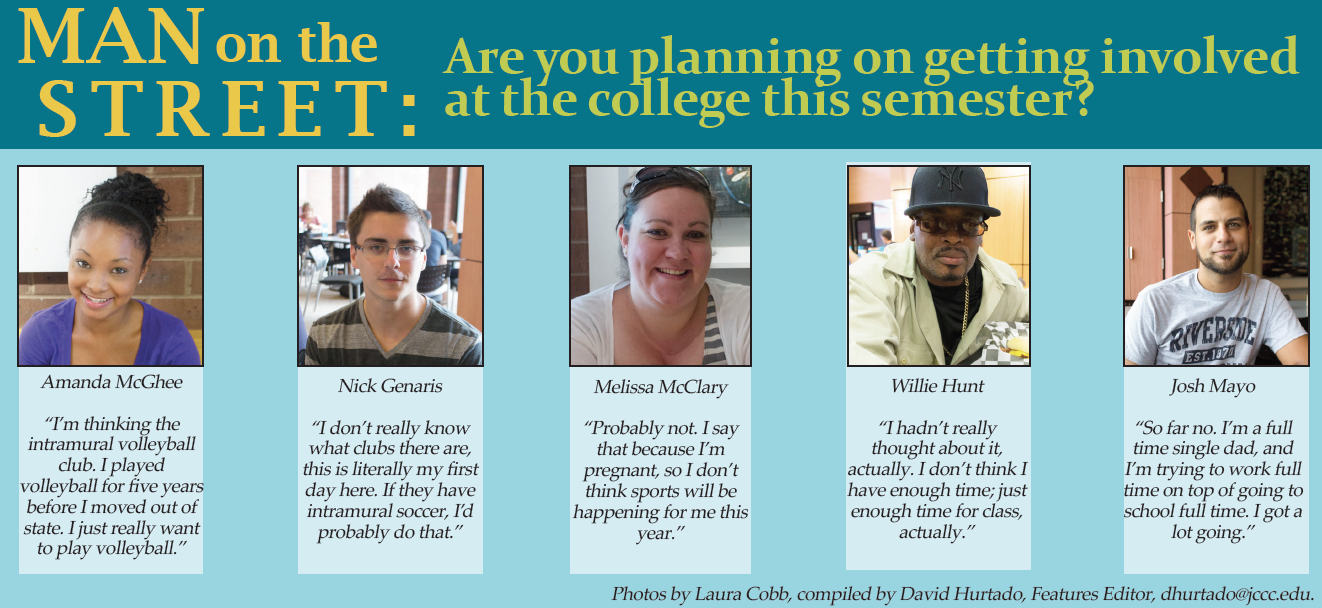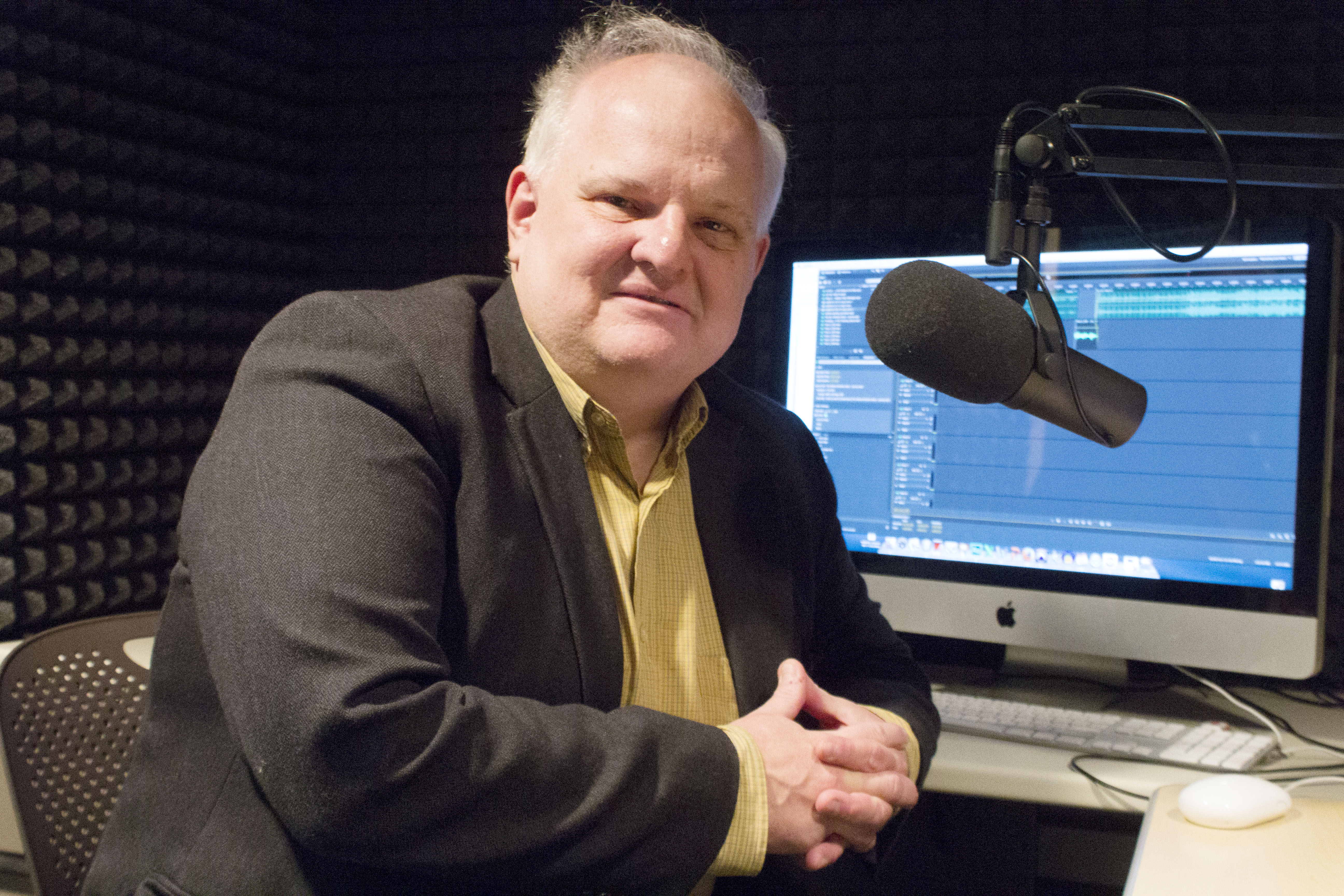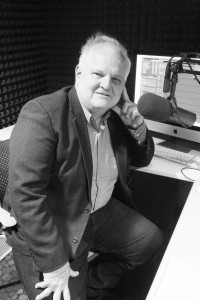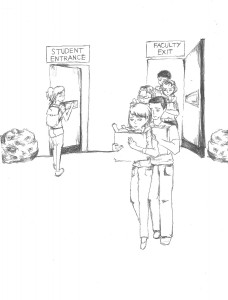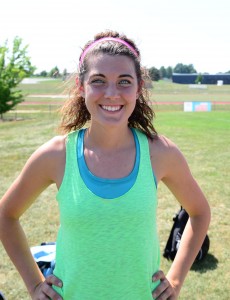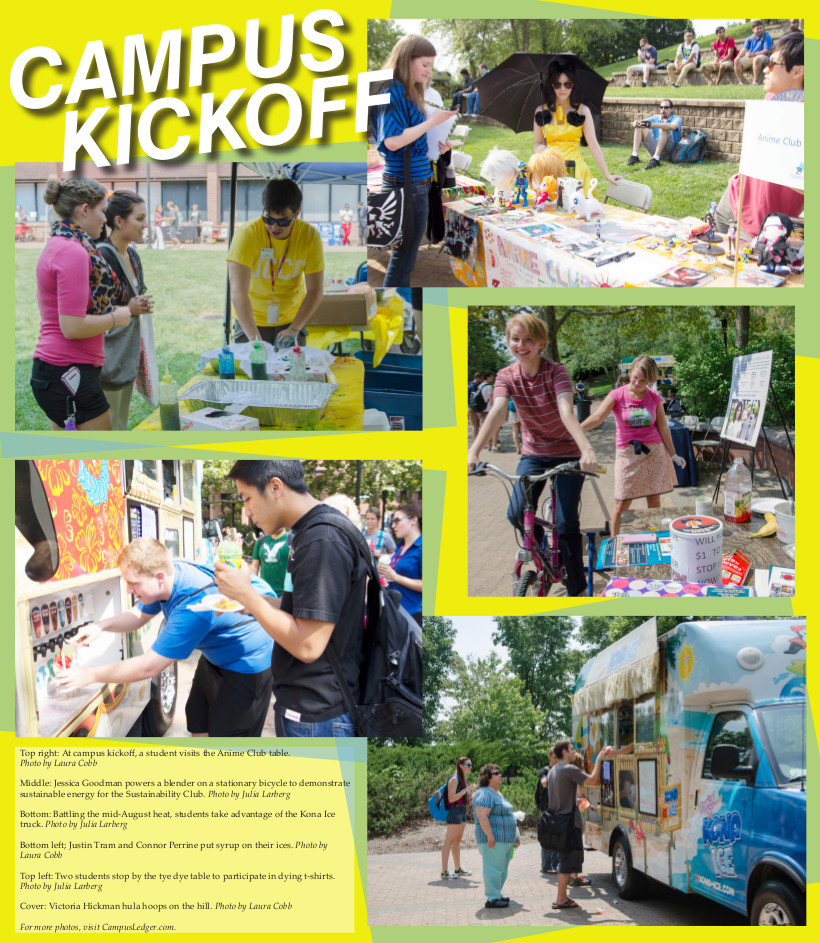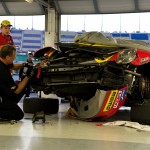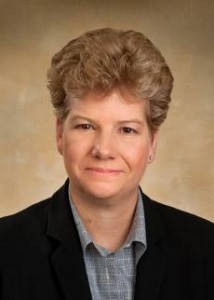
By Stephen Cook
Melody Rayl, previous member of the Board of Trustees and former Chair, resigned from her position at the end of July, citing a desire to spend more time with family.
Rayl had been a trustee since 2008, serving as the board chair from 2012 to 2013. When she was first appointed to the board, she was also working as an adjunct instructor for the college. Previous to that, Rayl was on faculty.
“It was a very difficult decision because I have been part of Johnson County Community College since 1986 when I first attended classes there,” Rayl said. “I enjoyed being a part of the college and my role on the board.”
Ultimately the decision came down to trying to find a work-life balance in her life.
“I began to realize that my time with [my family] is very limited but I want to make the most of that time,” Rayl said. “I just didn’t feel like I could devote the time that the citizens deserve and the college deserve in my role on the board.”
Jerry Cook, current chair of the Board of Trustees, said he was initially disappointed when he learned of Rayl’s resignation.
“Melody brought a rich experience to the board, having been a faculty member here, having been engaged with the college as she has,” Cook said.
To fill the vacant position on the board, Cook said he is looking for someone with the same level of passion for the position, but a new set of experiences or a new set of training that would bring a new dimension to the group. Applications are being accepted until September 6 with the new trustee being present at the October meeting.
Through her balance in decision making, Cook was able to learn a lot from Rayl.
“Melody loved students, she loved the college, she was passionate about being a trustee, she was a very effective trustee,” Cook said. “Our charge will be to find somebody who can take that position from that step and build it into another contributing dimension to our board and to the college for the benefit of the student, of the teaching-learning process.”
Rayl said the moment she made her decision was when she hit the button to print her resignation letter. Up until that point she was still thinking about the decision. It wasn’t until the end of July that her choice was finalized.
Deb Williams, president of the faculty association, said she was not only personally surprised but other faculty weighed in with their opinions as well.
“She was actually one of the four candidates endorsed by the association,” Williams said. “We were looking forward to working with her throughout another term.”
At the July Board of Trustees meeting, Rayl’s persistence for a one mill levy increase was appreciated by the faculty, meaning more taxpayer dollars would be brought back into the institution, according to Williams.
“[A one mill increase] was something that the faculty were very pleased with because that of course makes a huge impact on resource availability,” Williams said. “So she, in that last board meeting that she attended, was adamantly arguing for the one mill.”
However, the difference in opinion regarding the mill increase did not influence her choice to resign, Rayl explained.
“My decision to leave was one hundred percent for personal reasons,” Rayl said. “I value my relationships with the board tremendously and it’s been a great group of professionals to work with and we do disagree occasionally and we did disagree at the July meeting, but at the end of the day we reached consensus.”
Rayl said there is no secret reason she resigned from the board.
“I guess the question that everybody has is ‘what’s the real reason,’ right? And my response to that would be there is no hidden agenda,” Rayl said. “It was really a matter of me doing what I feel is best for me and my family.”
Additionally, with the knowledge that Joe Sopcich would take over as president, Rayl said it offered some continuity to the college in terms of leadership.
“It did make my decision easier knowing that he is so familiar with the college and will be able to just really pick up and hit the ground running,” Rayl said.
Although Rayl will no longer be serving on the board, she does hope to still stay in contact with the college.
“I hope that there will be an opportunity for me to potentially serve in the capacity of an adjunct instructor,” Rayl said. “After that, I’ll be around in some fashion or another because the college has just been so important to me over the years.”
Contact Stephen Cook, editor-in-chief, at scook35@jccc.edu.























